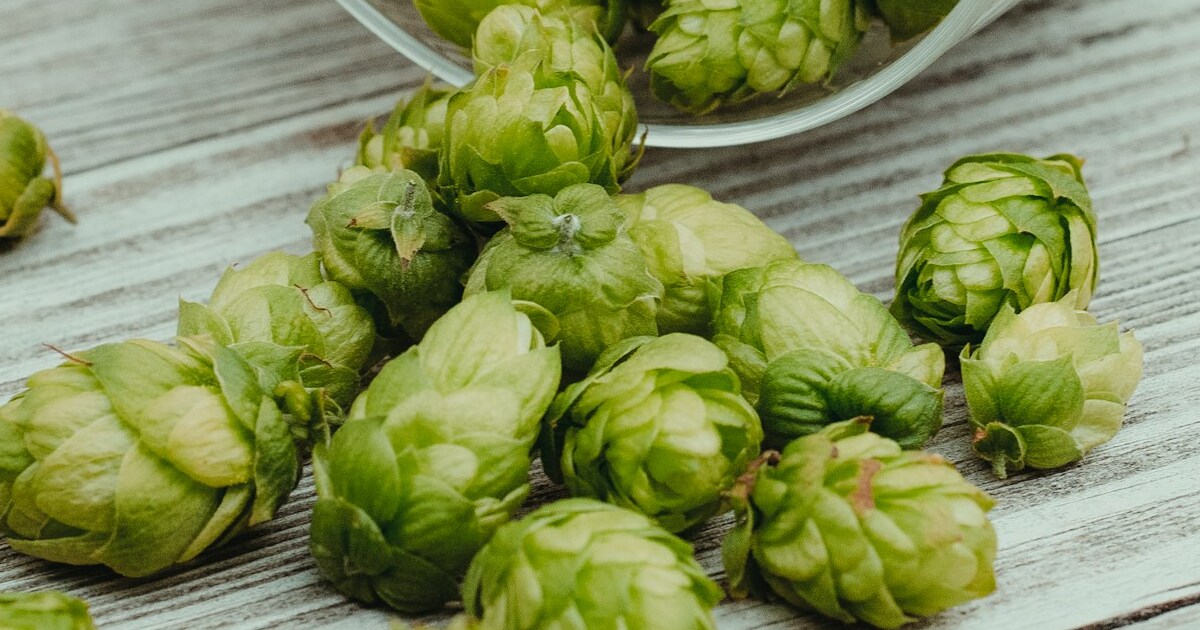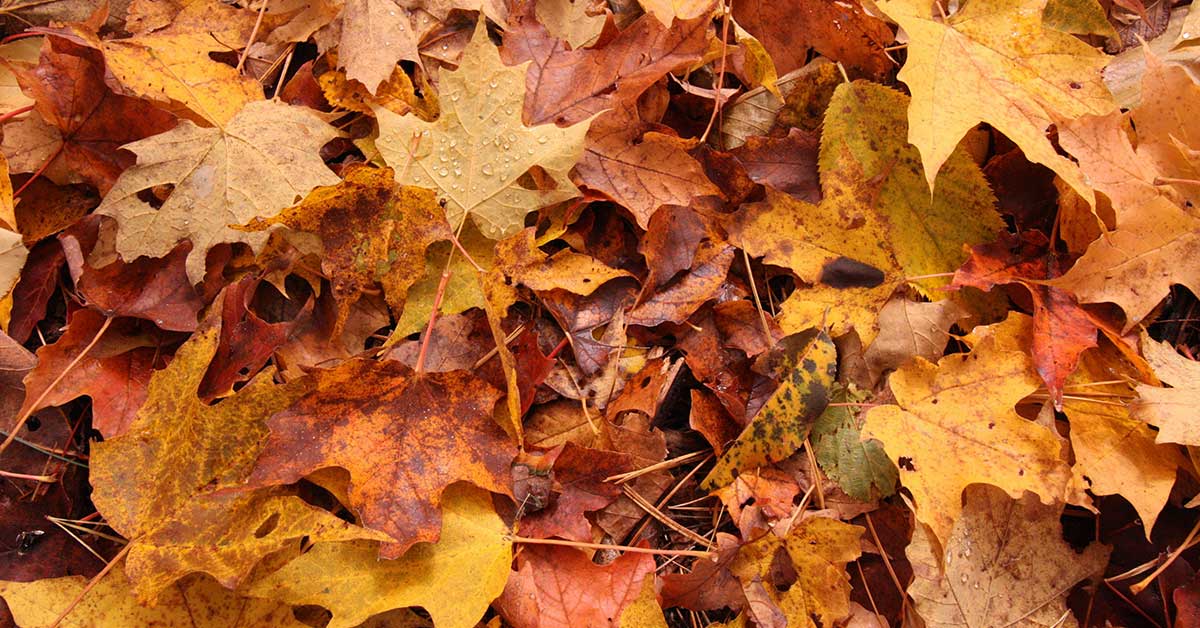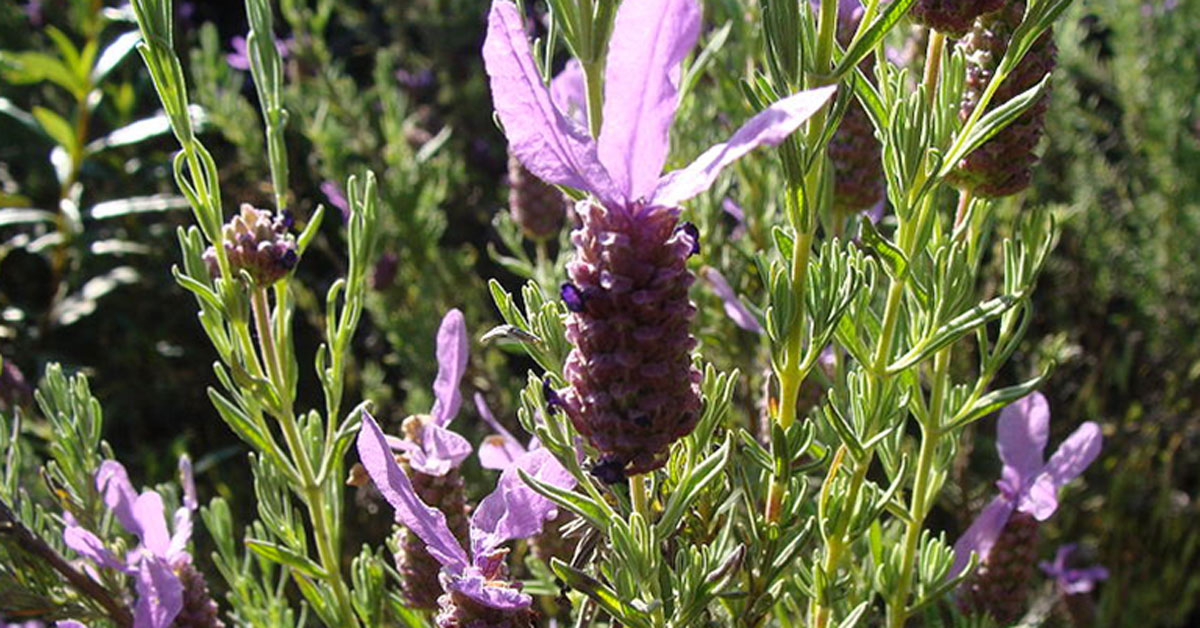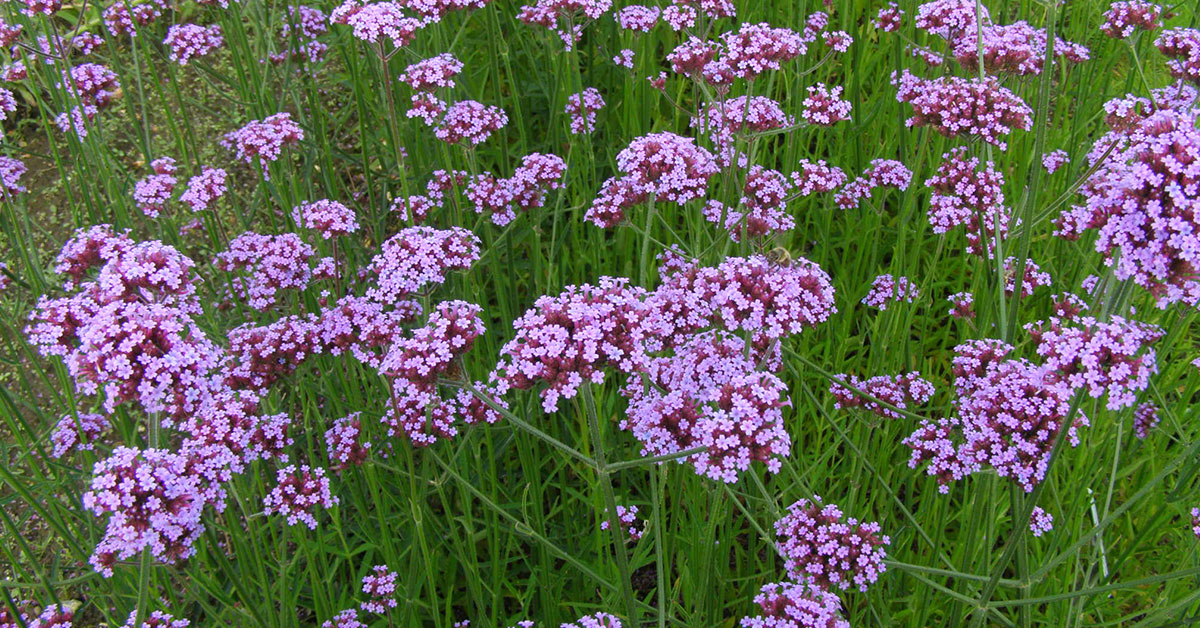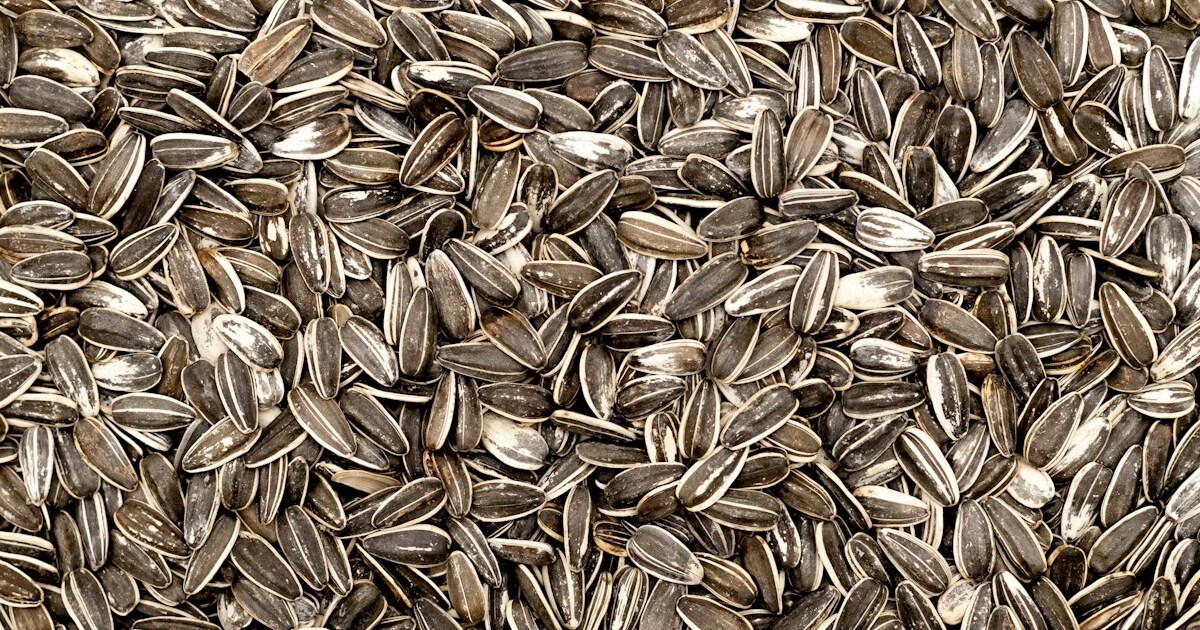As the vibrant colors of autumn begin to grace our gardens, incorporating heirloom plant varieties can add a unique charm and depth to your fall gardening endeavors. Heirloom plants, passed down through generations, carry with them a rich history and a diverse array of flavors, colors, and textures that modern hybrids often lack. Planting these timeless varieties not only honors gardening traditions but also introduces a wealth of biodiversity into your garden. Imagine strolling through a garden filled with the deep reds of heirloom tomatoes, the delicate blooms of vintage marigolds, and the robust foliage of classic kale—each plant telling its own story of heritage and resilience!
Embracing heirloom plant varieties in your fall garden offers numerous benefits that go beyond aesthetics. These plants are often more genetically diverse, which can lead to increased resilience against pests and diseases. Additionally, many heirloom varieties are prized for their superior taste and nutritional value, making your garden not only beautiful but also bountiful. Whether you’re a seasoned gardener looking to preserve plant heritage or a beginner eager to explore sustainable gardening practices, incorporating heirloom plants can transform your fall garden into a vibrant and thriving sanctuary. Let’s delve into the best practices for integrating these cherished varieties into your autumn landscape, ensuring a garden that is both picturesque and productive!
Preserving Heirloom Seeds

One of the most rewarding aspects of incorporating heirloom plant varieties into your fall garden is the opportunity to preserve their unique genetic traits for future seasons. Heirloom seeds, carefully saved from year to year, ensure that these cherished plants continue to thrive and adapt to your specific garden conditions. For example, saving seeds from an heirloom tomato like the Brandywine, native to the United States, allows you to maintain its exceptional flavor and robust growth characteristics. By actively preserving these seeds, you contribute to the sustainability and longevity of plant diversity, reducing reliance on commercial seed sources and fostering a self-sufficient gardening practice.
Proper seed preservation involves several key steps to maintain viability and genetic integrity. Start by harvesting seeds from fully mature fruits or flowers, ensuring they are free from pests and diseases. Clean the seeds thoroughly, removing any surrounding pulp or debris, and allow them to dry completely in a well-ventilated area. Once dry, store the seeds in airtight containers labeled with the plant name, variety, and harvest date. Keeping them in a cool, dark place further extends their shelf life, readying them for planting in the spring. By dedicating time to preserving heirloom seeds, you safeguard the unique qualities of your favorite plants and ensure that your fall garden remains a vibrant repository of botanical heritage!
Enhancing Soil Health with Heirlooms

Heirloom plant varieties not only add beauty and flavor to your fall garden but also play a crucial role in enhancing soil health. Many heirlooms are well-adapted to their native soils and contribute to the overall fertility and structure of the garden bed. For instance, heirloom beans like the Cherokee Purple, native to North America, are excellent nitrogen fixers, enriching the soil by converting atmospheric nitrogen into a form that plants can readily absorb. This natural fertilization process reduces the need for synthetic fertilizers, promoting a healthier and more sustainable garden ecosystem.
Additionally, incorporating a diverse range of heirloom plants helps to create a balanced soil microbiome. The varied root structures and organic matter from different heirloom species support a thriving population of beneficial microorganisms and earthworms, which further improve soil aeration and nutrient cycling. This rich soil environment not only supports the growth of your heirloom plants but also enhances the health of surrounding plants by providing a robust foundation of nutrients and organic matter. By prioritizing soil health through the cultivation of heirloom varieties, you establish a resilient and fertile garden that can sustain vibrant plant growth throughout the fall and beyond!
Attracting Pollinators and Beneficial Insects
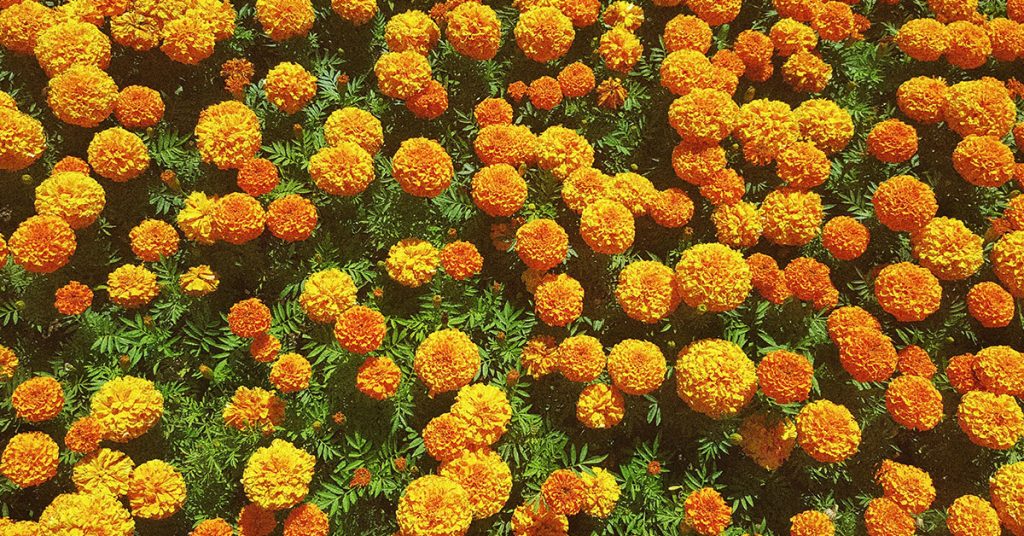
Incorporating heirloom plant varieties into your fall garden can significantly enhance the attraction of pollinators and beneficial insects, creating a thriving and balanced ecosystem. Many heirloom flowers, such as the vibrant Zinnia elegans native to Mexico, produce abundant nectar and pollen that attract bees, butterflies, and other pollinators essential for the reproductive success of your plants. Additionally, heirloom varieties often bloom longer and more profusely than their hybrid counterparts, providing a consistent food source for these vital insects throughout the autumn months.
Moreover, beneficial insects like ladybugs and lacewings are drawn to the diverse foliage and flowers of heirloom plants, where they find shelter and prey on common garden pests such as aphids and mites. For example, planting heirloom marigolds (Tagetes spp.) native to the Americas not only adds a burst of color to your garden but also attracts predatory insects that help keep pest populations in check naturally. By fostering an environment that supports pollinators and beneficial insects, you enhance the overall health and productivity of your garden, reducing the need for chemical pest control methods and promoting a sustainable and eco-friendly gardening practice!
Designing with Heirloom Varieties for Maximum Impact
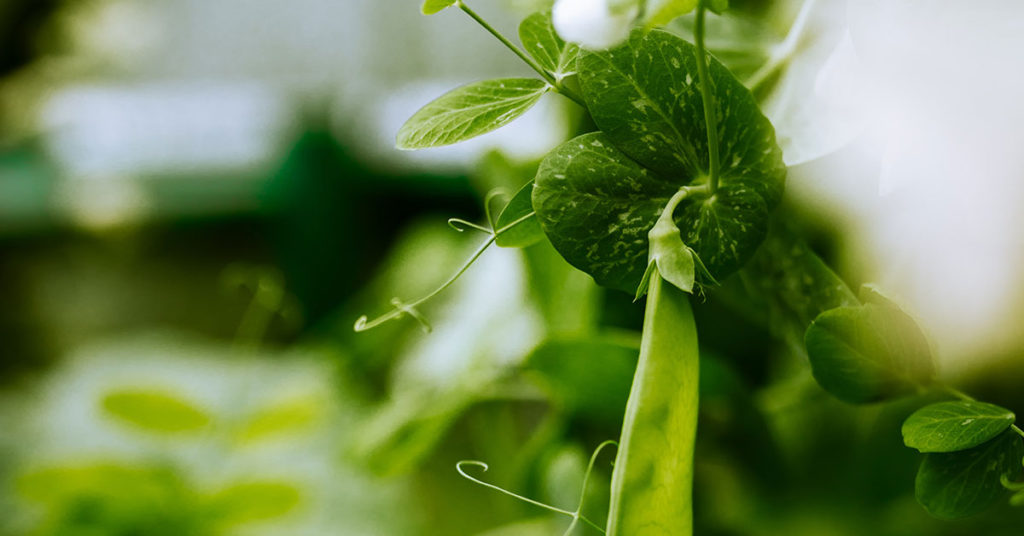
Creating a visually stunning and cohesive fall garden with heirloom plant varieties involves thoughtful design and strategic placement. Start by selecting a variety of heirlooms that offer a range of colors, textures, and heights to add depth and interest to your garden beds. For instance, combining the tall, sturdy stems of heirloom sunflowers (Helianthus annuus) native to North America with the delicate blooms of vintage sweet peas (Lathyrus odoratus) native to the Mediterranean creates a dynamic and eye-catching display. Additionally, layering different plant heights and bloom times ensures continuous visual appeal and extended blooming periods, keeping your garden vibrant throughout the season.
Incorporate structural elements such as trellises, arbors, and raised beds to highlight the unique characteristics of heirloom varieties. For example, training heirloom climbing roses (Rosa spp.) native to Europe on a trellis not only adds vertical interest but also creates a stunning focal point that draws attention to their fragrant blooms. Similarly, using raised beds for heirloom vegetables like the Burgundy Brussels sprouts (Brassica oleracea) native to Europe allows for better soil management and drainage, promoting healthier growth and more robust yields. By designing with heirloom varieties in mind, you create a harmonious and aesthetically pleasing garden that showcases the timeless beauty and resilience of these treasured plants!
Maintaining Heirloom Varieties Throughout Fall

Maintaining heirloom plant varieties during the fall requires specific care and attention to ensure their health and productivity. One key aspect is regular monitoring for pests and diseases, as heirlooms can sometimes be more susceptible to certain issues due to their open-pollinated nature. For example, inspecting heirloom tomatoes (Solanum lycopersicum) native to South America for signs of blight or pest infestations allows you to take timely action, preventing the spread and damage to your plants. Utilizing organic pest control methods, such as introducing beneficial insects or using natural sprays, helps maintain the integrity of your heirloom varieties without compromising their purity.
Additionally, providing adequate support and pruning is essential for many heirloom plants to thrive during the fall months. Staking tall varieties like heirloom beans or tomatoes ensures that their sturdy stems remain upright and free from breakage under the weight of their bounty. Pruning back dead or overgrown branches of perennial heirlooms like the Russian Sage (Perovskia atriplicifolia) native to Central Asia encourages new growth and maintains the plant’s shape and vigor. By diligently maintaining your heirloom varieties, you foster a healthy and productive garden that continues to flourish throughout the fall, providing both beauty and sustenance!
Companion Planting with Heirloom Varieties
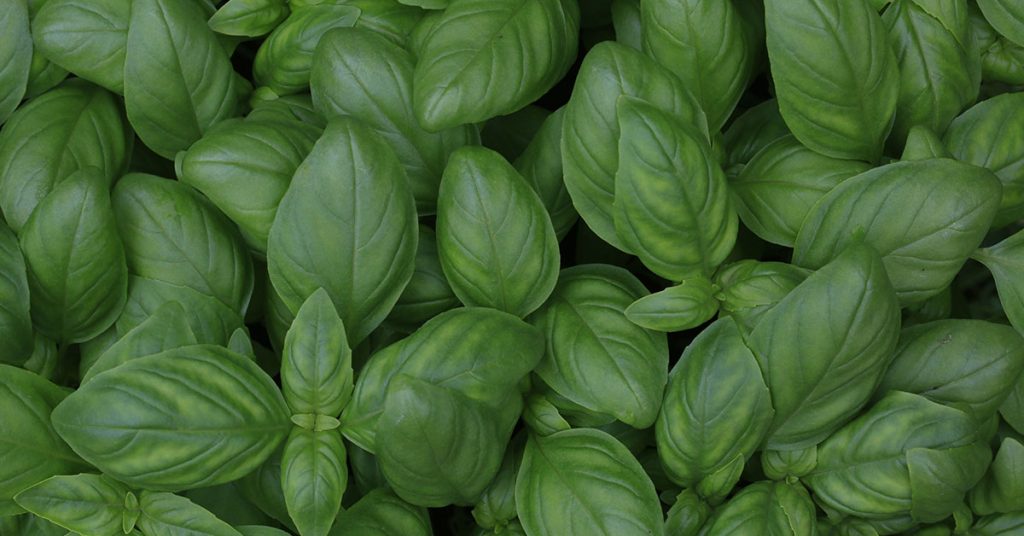
Companion planting is a powerful strategy for maximizing the health and productivity of your fall garden, especially when working with heirloom plant varieties. By pairing compatible plants together, you can enhance growth, deter pests, and improve overall garden harmony. For example, planting heirloom basil (Ocimum basilicum) native to tropical regions alongside heirloom tomatoes (Solanum lycopersicum) native to South America not only boosts the flavor of the tomatoes but also repels common pests like aphids and tomato hornworms. This natural synergy creates a mutually beneficial environment where both plants can thrive.
Another excellent companion pairing involves heirloom carrots (Daucus carota) native to the Mediterranean and heirloom onions (Allium cepa) native to Central Asia. The onions release compounds that deter carrot flies and other pests, while the carrots help to loosen the soil around the onions, improving aeration and nutrient uptake. Additionally, incorporating flowers like heirloom nasturtiums (Tropaeolum majus) native to South America among your vegetable heirlooms attracts beneficial insects such as pollinators and predatory beetles, which help control pest populations naturally. By thoughtfully implementing companion planting with your heirloom varieties, you create a balanced and resilient garden ecosystem that enhances plant health, increases yields, and reduces the need for chemical interventions!
Benefits of Heirloom Plants

Incorporating heirloom plant varieties into your fall garden offers a myriad of benefits that enhance both the aesthetic and functional aspects of your outdoor space. One of the primary advantages is the preservation of genetic diversity, which is crucial for maintaining resilient and adaptable plant populations. Heirloom varieties are open-pollinated, allowing for the natural selection of traits that make them well-suited to specific environments and conditions. This genetic richness not only ensures the longevity of these cherished plants but also provides a valuable resource for future breeding and conservation efforts.
Moreover, heirloom plants are often celebrated for their exceptional flavors, colors, and textures, which surpass those of many commercial hybrids. For instance, heirloom tomatoes like the Brandywine variety native to the United States are renowned for their rich, complex flavors that elevate culinary creations. Similarly, heirloom flowers such as the Queen Anne’s Lace (Daucus carota) native to Europe and North Africa, with their intricate and delicate blooms, add a touch of elegance and charm to your garden. By incorporating heirloom plant varieties, you create a garden that is not only visually stunning but also rich in taste and sensory experiences, providing both beauty and bounty throughout the fall season!
Ensuring Genetic Diversity and Resilience
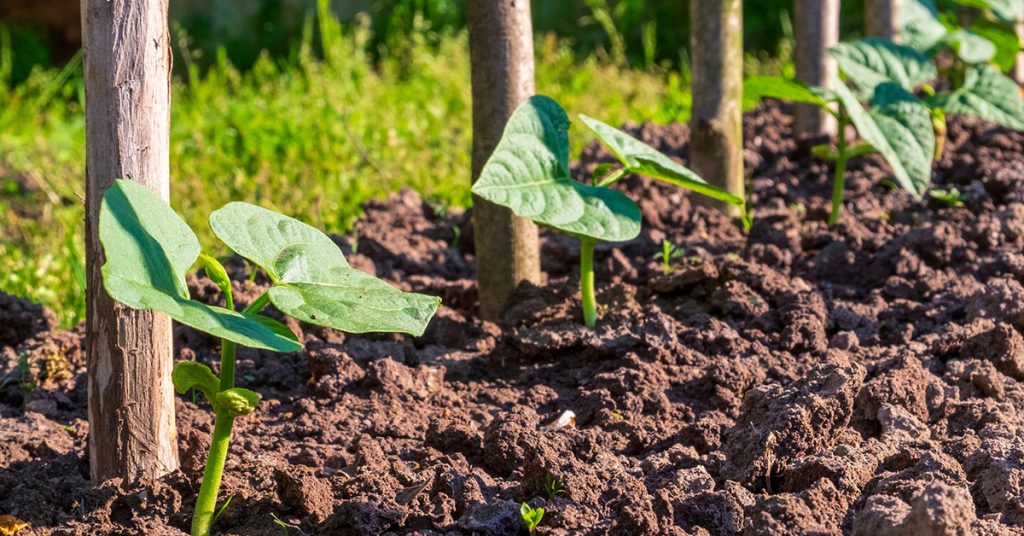
Heirloom plant varieties play a crucial role in ensuring genetic diversity and resilience within your fall garden. Unlike modern hybrids, heirlooms are open-pollinated and genetically diverse, allowing them to adapt to changing conditions and resist pests and diseases more effectively. This genetic variability is a key factor in building a resilient garden ecosystem that can withstand environmental stresses and reduce the impact of climate fluctuations. For example, heirloom beans like the Cherokee Purple native to North America exhibit a wide range of colors and flavors, enhancing both the aesthetic appeal and nutritional diversity of your garden.
Maintaining genetic diversity through heirloom varieties also helps prevent the spread of monocultures, which are highly susceptible to pest outbreaks and disease epidemics. By planting a variety of heirlooms, you create a balanced and stable environment where different plants support each other’s growth and health. Additionally, heirloom plants often possess unique traits that can contribute to future breeding programs aimed at developing new varieties with improved characteristics. By prioritizing genetic diversity and resilience in your fall garden, you ensure that your garden remains vibrant, healthy, and adaptable, ready to face the challenges of each growing season with strength and vitality!
Sustainable Gardening Practices with Heirlooms

Incorporating heirloom plant varieties into your fall garden aligns perfectly with sustainable gardening practices, promoting environmental stewardship and reducing your ecological footprint. Heirloom plants are often more resilient and require fewer inputs such as pesticides, fertilizers, and water compared to their hybrid counterparts. Their natural adaptability to local conditions minimizes the need for extensive resource use, making them an eco-friendly choice for conscientious gardeners. For example, heirloom varieties like the Sweet Corn (Zea mays) native to Central America thrive with minimal intervention, reducing the reliance on chemical treatments and fostering a healthier garden ecosystem.
Furthermore, heirloom gardening encourages the preservation of traditional knowledge and cultural heritage associated with these plants. By growing and maintaining heirloom varieties, you contribute to the conservation of plant genetic resources and the continuation of gardening traditions that have been passed down through generations. This cultural preservation not only enriches your gardening experience but also supports global biodiversity efforts. Additionally, composting and organic gardening methods often go hand-in-hand with heirloom cultivation, enhancing soil fertility and promoting sustainable nutrient cycling. By embracing sustainable practices with heirloom varieties, you create a garden that is not only beautiful and productive but also responsible and respectful of the environment!
Utilizing Heirloom Perennials and Annuals

Integrating both heirloom perennials and annuals into your fall garden design maximizes the beauty and productivity of your outdoor space. Heirloom perennials, such as the Black-Eyed Susan (Rudbeckia hirta) native to North America, offer long-lasting blooms that return year after year, providing consistent color and structure to your garden beds. These robust plants are ideal for creating focal points and maintaining garden continuity, as they require minimal maintenance once established. Additionally, heirloom annuals like the Sweet Pea (Lathyrus odoratus) native to the Mediterranean add seasonal vibrancy and fragrance, offering a burst of color and attracting pollinators with their enticing blooms.
By combining heirloom perennials and annuals, you create a dynamic and layered garden that benefits from the strengths of both plant types. Perennials provide stability and a foundation of consistent blooms, while annuals offer flexibility and the opportunity to experiment with different colors and textures each year. This combination not only enhances the visual appeal of your fall garden but also supports a diverse and thriving ecosystem, attracting a wide range of beneficial insects and wildlife. Additionally, heirloom annuals can be easily rotated and replaced, allowing you to keep your garden fresh and exciting without the need for extensive replanting. By utilizing heirloom perennials and annuals together, you create a vibrant and resilient garden that flourishes throughout the fall season!






